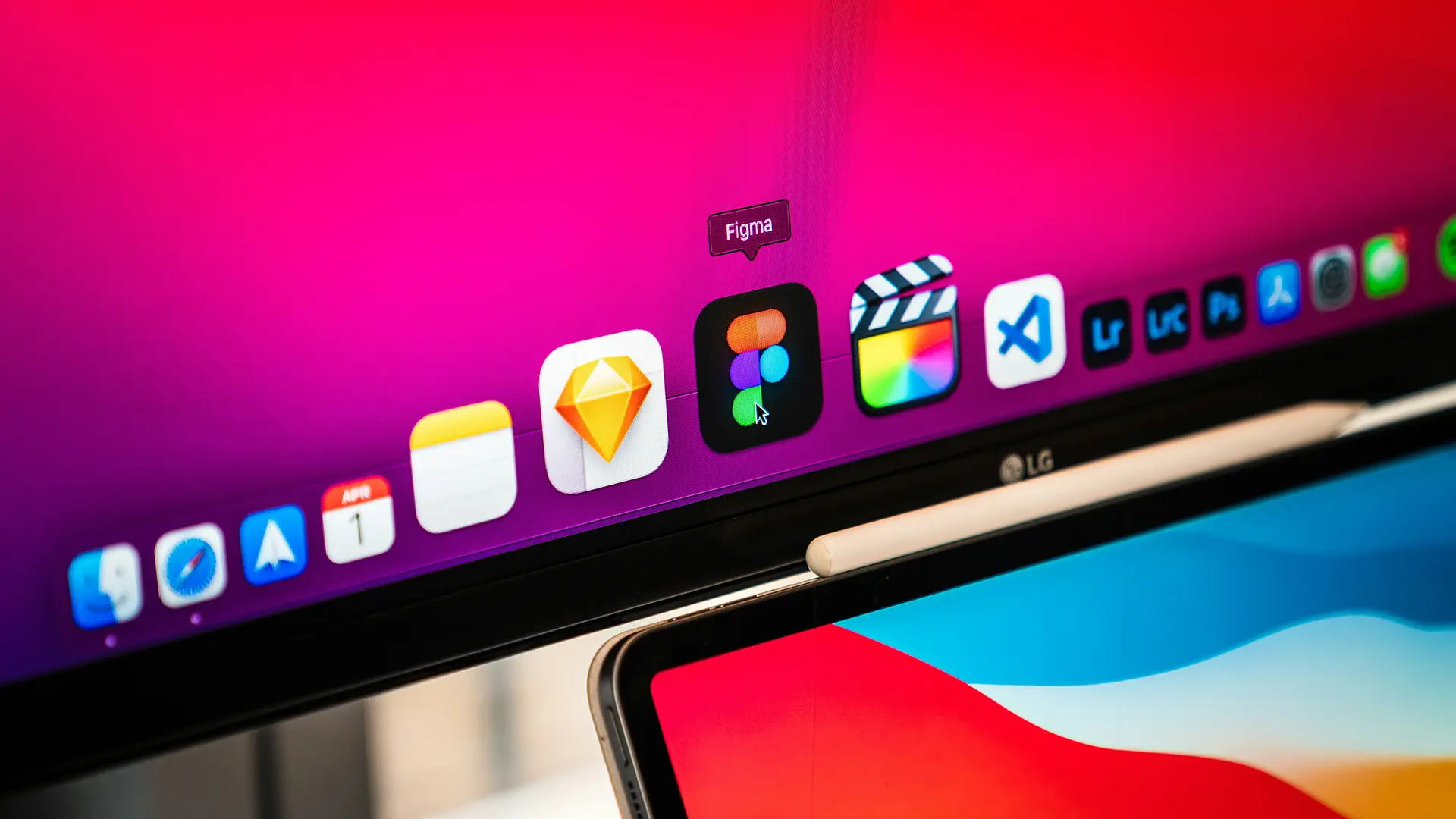July 8, 2019
Three Website Design Goals Before Anything Else
3 min readWhen you visit a new website, you typically have a positive or negative gut reaction about that site (re: the company’s brand). And we’re so used to browsing websites, that it’s a pretty quick reaction. In fact, we’re more critical of a website’s design, functionality, and speed, than ever before. That gut reaction plays a major role in your perception of the brand. Your perception is a response to a variety of interactions and influences, and it’s not always just the website. During a custom website design project, we do our best to create a seamless experience from a brand’s physical interface to the digital one. A consistent narrative across all channels creates customer loyalty.
Every custom website design project should begin by thinking about these three foundational goals: Conversion, Consistency, and Conversation. Let’s jump into how we think about each one:
Conversion
What conversion means to one business may be different for another, regardless it’s usually the most important goal for a new web design. At the end of the day we’re trying to get more users, more buyers, more partners, more of something, so that our web design and branding services add value to our clients. Otherwise, what’s the point? Conversion could be adopting a new UI/UX, getting customers to add more items to their shopping cart, collecting more quality leads through a contact form, getting the “checkmark” of quality & capability from a potential partner, etc.. As we design and develop a new website, this is what guides our decisions. It’s not about creating something that just looks aesthetically beautiful. A great custom website design is about strategically creating better opportunities for conversion.
Consistency
More often than not, there is a physical experience in addition to the digital experience we’re helping to create. There has to be a consistent link between the two. The digital experience is usually one of the 7-8 points of contact a customer or user needs to have with your brand before a conversion. All of these touch points must be consistent and tell the same narrative to create trust. I read a review, heard from a friend, saw an ad, visited the website, and it all made me feel warm and fuzzy. It was consistently telling me that this product or service will make my life better. And then it felt right to, call, request service, buy, submit payment, join, etc. etc. We’ve worked with That Conference for 7 years, and the work we did for them is a great example of brand consistency from digital to physical.
Conversation
Your website is an opportunity for conversation. How invested in the story of your brand are your users or customers? How interested are they in what you have to say or show to them? Is your site something to be shared with friends? To be talked about over drinks?
Years ago, we created a website for a restaurant with a long history, one with many stories. We built a section of the website specifically for user submitted stories. There are now stories that span nearly five decades that can be searched, shared, and remembered. Your website is the spark for conversation. It’s a conversation between the user and the brand, but even more importantly, it can be part of a conversation between friends and colleagues. Word of mouth, from someone you trust, will always be the strongest marketing tool.
We didn’t mention SEO here, but it’s definitely a major factor. We’re currently writing about great SEO tactics for web design in 2019. In the meantime, check out some of our Examples of great B2B Website Designs
Like what you read? Let us know: hello@driftingcreatives.com






